“Storm the Castle” is an exercise in engineering problem solving that’s loads of fun for children of all ages, even those not particularly STEM-inclined. Teams of students take on the role of “besieging armies”, designing siege engines (catapults, trebuchets, etc) capable of launching “boulders” (ping pong balls) a short distance (~10 feet or so) into the defending castle, earning points depending on where the balls land. They also design a device to retrieve containers of boulders from the “quarry”.
Time management is an important element of this activity. This activity can be run in a one day (1 hour total) or two day (1 hour each) workshop format. You could consider building launching devices using craft sticks and glue one day, testing another. However, this format does not allow students to continuously modify and improve their creations during the “siege”.
Supplies
(Based on 24 students, 6-12 teams)
Setup
- 50x+ Ping pong balls — White balls for “beer pong” are available online by the gross for ~$10; colored balls are ~$10 for 50
- ~24x 16-ounce Chinese take-out food style boxes with wire handles — You can substitute and similarly sized, lightweight container with a wire handle. For example, add a chenille stem handle to a 16-ounce paper or plastic cup. The take-out boxes are convenient because when closed the balls cannot fall out. They are reusable and nest very compactly for storage.
- Assorted cardboard boxes — Build your castle out of these. Oatmeal canisters make good “keeps” (towers)
- Masking or painter’s tape (preferred) — To mark the floor if there are no useful boundary lines in the flooring
- 1x Pair of scissors per team + an extra pair for the store
- 1x Handheld hole punch(es) — Keep at the store to be used by teams there
- 1x Cafeteria tray per team — If you don’t have trays, use bags, mushroom boxes, bowls, etc
- 1x Buckets, pails, or bags — To hold loose ping pong balls
- Printed pictures or slideshow of ancient and medieval catapults and trebuchets
- Pictures of model catapults (Optional)
- Printables: Besieging army tokens, quarry passes, supply store catalogs, Siege Shekels (store “money”), record sheets
Supplies for Siege Engines
- Building sets (see below)
-or-
- Assorted sturdy rubber bands
- Chipboard (cereal box) in assorted sizes ~6″x6″
- Two-to-three ounce plastic or paper cups (Optional)
- Plastic spoons (Optional)
Since the catapults are only launching ping pong balls a few feet, whatever building set(s) you choose don’t need to be especially strong. We prefer Thames and Kosmos components, but any reasonably sturdy building set will do, such as K’Nex, Tinkertoy, Makeit Toy, STEM Master, Brickyard Bricks, or Lego Technic, just to name a few.
If you have more than one brand of building set, consider assigning or allowing teams to choose a single brand for their siege engine. (E.g., Mongols and Rus use K’Nex, Visigoths and Normans use Makeit Toy, etc)
Supplies for Quarry “Boulder” Collector
- Building sets — Students can use the same building set they used for their siege engine or choose a different one. Consider the homemade cardboard- and dowel-based set described in this Toolbox. Those components work well for the collectors, but are not really strong enough for the catapults.
- Pieces of dowel no more than one foot in length — Consider using these if you don’t have enough building set pieces to make siege engines and collectors. You can also use new pencils instead of dowels, or any other similar item you may have on hand.
- String or yarn
- 1x Hook per team — Made out of a wire strong enough to support the weight of the ball containers. Bent paperclips will do.
Printables
The handouts and other printable items needed for this activity can be downloaded using the button below. This includes besieging army tokens, quarry passes, supply store catalogs, store “money”, record sheets, etc.
Preparation
If no suitable marks are in the flooring pattern place a piece of tape in your “quarry” area marking the line behind which children must stand. Be prepared to move the line if children find it too easy or too hard to retrieve the boxes.
Fill the containers with balls as follows: one ball in each of twelve containers, two balls in each of six, three balls in each of four, four balls in each of two. Label each container with the number of balls within. Arrange the containers in your “quarry” area. The one-ball boxes should be about four feet from the line, two-ball boxes five feet, three-ball boxes six feet, and four-ball boxes seven feet.
Construct your “castle” from boxes. Include a “bailey”, the space inside the larger outer box, and a “keep”, a taller, smaller-diameter tower inside the bailey. An oatmeal canister works well for the keep. Use tape to define a “moat” outside the walls, perhaps six inches wide. Balls that come to rest in the moat are assigned points. If possible, place the castle so it can be attacked from multiple locations.
Place tape on the floor to mark where attacks can take place. Start about ten feet way. If the catapults can’t make that distance, be prepared to move the tape closer to the castle.
Create a shopping list. You can use the one provided as-is, or modify it to fit your own supplies.
Similarly, modify the instruction sheet to correspond to your supplies (see rules section). The rules labeled “(Optional)” only apply when you have more than one type of building set and should be deleted if you only have one.
Print and cut quarry passes, shopping lists, siege shekels, tally sheet, rules, and besieger tags.
If you have enough supplies, divide your students into teams of two. If not, use teams of three, but no more than four. If you are pre-selecting team members, add tags to the name tag lanyards if you use them.
Set up your store. Mark three feet on the table with tape to aid in cutting the string or yarn.
Prepare one tray, bag, bowl, or mushroom box per team with ten siege shekels, a shopping list, besieging army tag, rules, one quarry pass, and a pair of scissors. If you are assigning brands of building sets to teams write the brand initially selected for each team on the shopping list.
Explain the rules to your volunteers. The volunteer at the castle gets the tally sheet, the extra quarry passes, and a pail to collect used ping pong balls. Leave all extra ping pong balls in the other pail with the quarry volunteer.
Running the Module
Introduction
(Five minutes maximum for a one-hour activity, up to fifteen for a workshop.)
Show pictures of ancient and medieval catapults and trebuchets, and toy models if you have them. If this is a two-hour workshop consider spending some time discussing these devices, and their place in history, as well as who the various besieging armies were.
Tell teams that a copy of the instructions is at each station, then briefly explain the activity. Items in italics apply only if you have more than one type/brand of building set and should be omitted if you don’t.
The purpose of this activity is to build device to launch boulders (ping pong balls) into the castle. You get one point for the moat, two for getting inside the bailey, three for getting inside the keep, and four for hitting the flag. You must also build a device to mine ping pong balls in the quarry

Store Rules
- Supplies for catapults and quarry devices are purchased from the store (“Scip’s Sieging Goods”) using Siege Shekels
- The store will be open during most of the activity
- You can exchange one building set piece for another at the store.
- (Optional) You cannot mix and match components from different building sets in your devices
- (Optional) You can use one brand of set for your catapult and a different one for your quarry device
The “(Optional)“ rules only apply if you are using multiple brands of building set.
Quarry Rules
- You need a quarry pass to visit the quarry. The quarry volunteer will collect your pass.
- You get a new quarry pass at the castle when you’ve launched all of your ping pong balls (boulders).
- You can collect only one box of ping pong balls per visit to the quarry.
- Leave the box/container at the quarry, just take the balls.
- Your feet must stay behind the line in the quarry, but you can reach over the line.
Siege Rules
- Your entire bodies must stay behind the siege line.
- The ball itself cannot be touched during the launch (i.e., you cannot throw the ball!).
- The catapult must be resting on the floor, and behind the siege line, during firing.
- You can change your launching and reaching devices as many times as you like. You can even start completely over using a different building set (if different sets are in the store)!
Activity
If you’ve pre-selected teams, hand out the trays and let the fun begin. If students are selecting teams or partners, give them a minute to do so, then hand out the trays.
Quarry and castle volunteers can assist any teams not sure how to begin until the first competitors are ready.
If you have a fourth volunteer ask that person to chase down ping pong balls that missed the castle altogether, return ping pong balls to the quarry from the castle, return quarry passes to the castle from the quarry, and help at the store in the beginning when it’s busiest. If you don’t have a fourth volunteer, you’ll occasionally have to pause the action to return quarry passes to the castle, and ping pong balls to the quarry. The stray ping pong balls can wait if you have enough.
Close the store 10 minutes before the end of the activity.
Conclusion
Stop competition 5 minutes before the end of the activity. Ask teams to take apart their two devices putting all pieces onto their trays while the castle volunteer tallies the points to determine the most successful besieging army.
What havoc did your besieging armies wreak? Any particularly interesting or amusing siege engines? Any tweaks to the activity that worked well for you? We’d love to hear from you! Drop us a note or leave a comment!
Header Image: Cropped from Henri-Paul Motte’s Le siège d’Alésia (Public Domain).
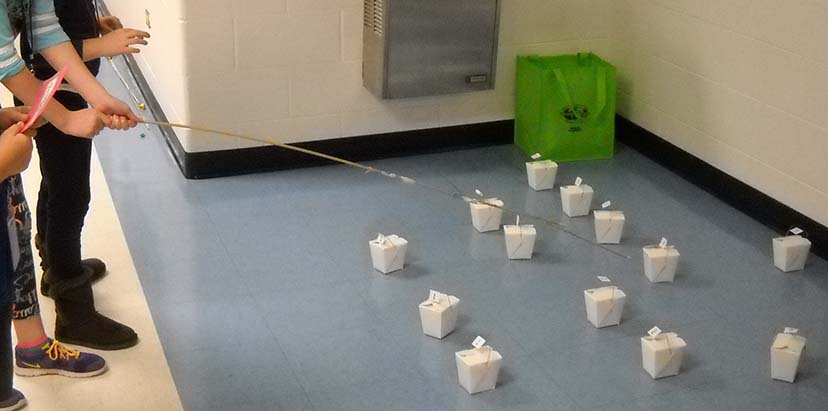
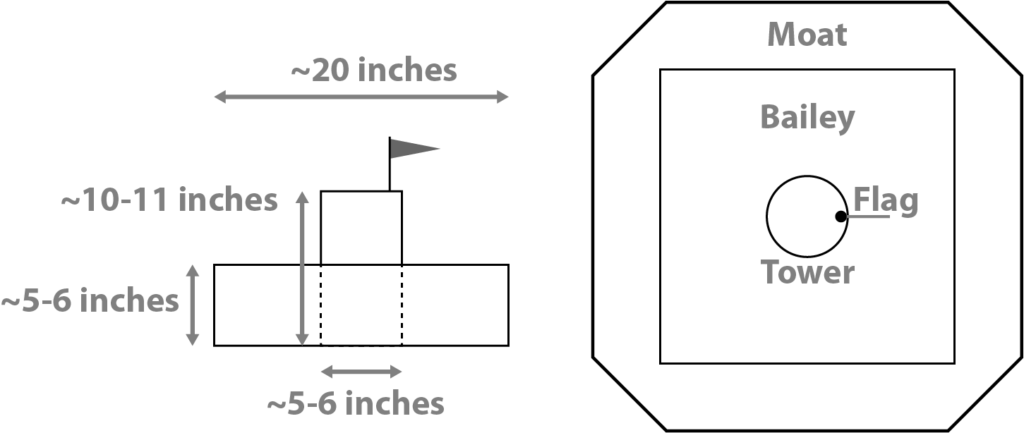

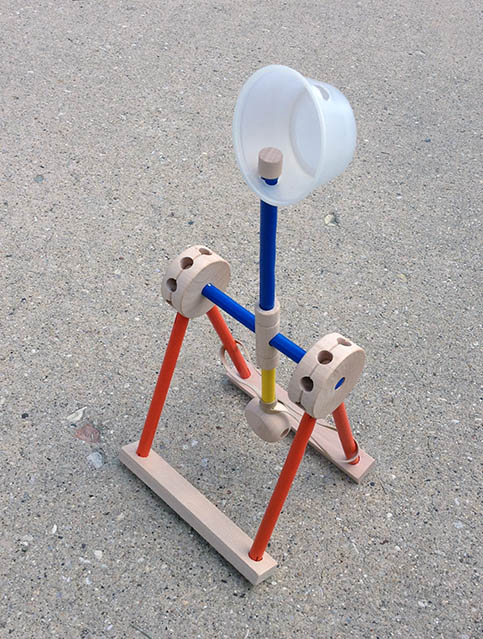
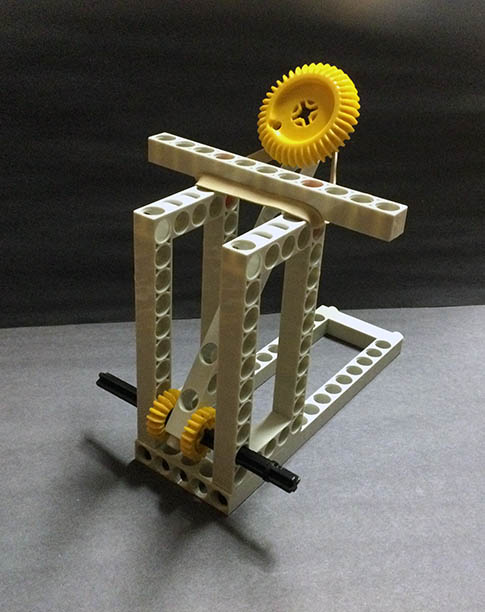
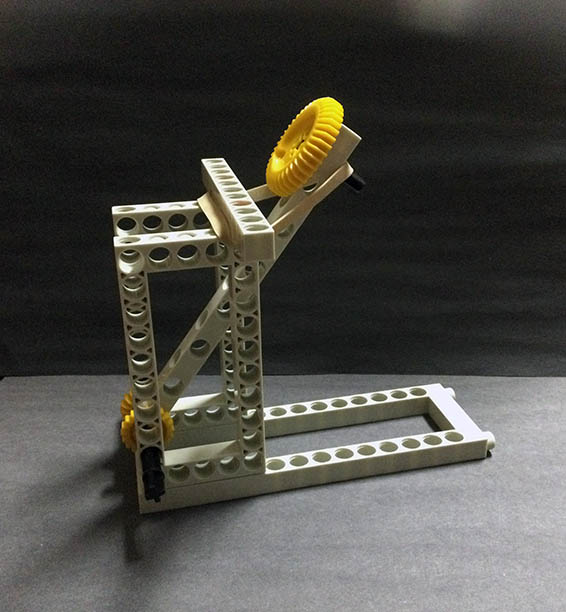
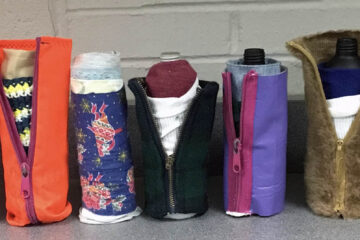
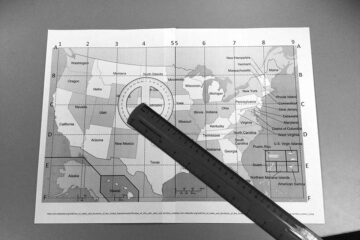

0 Comments